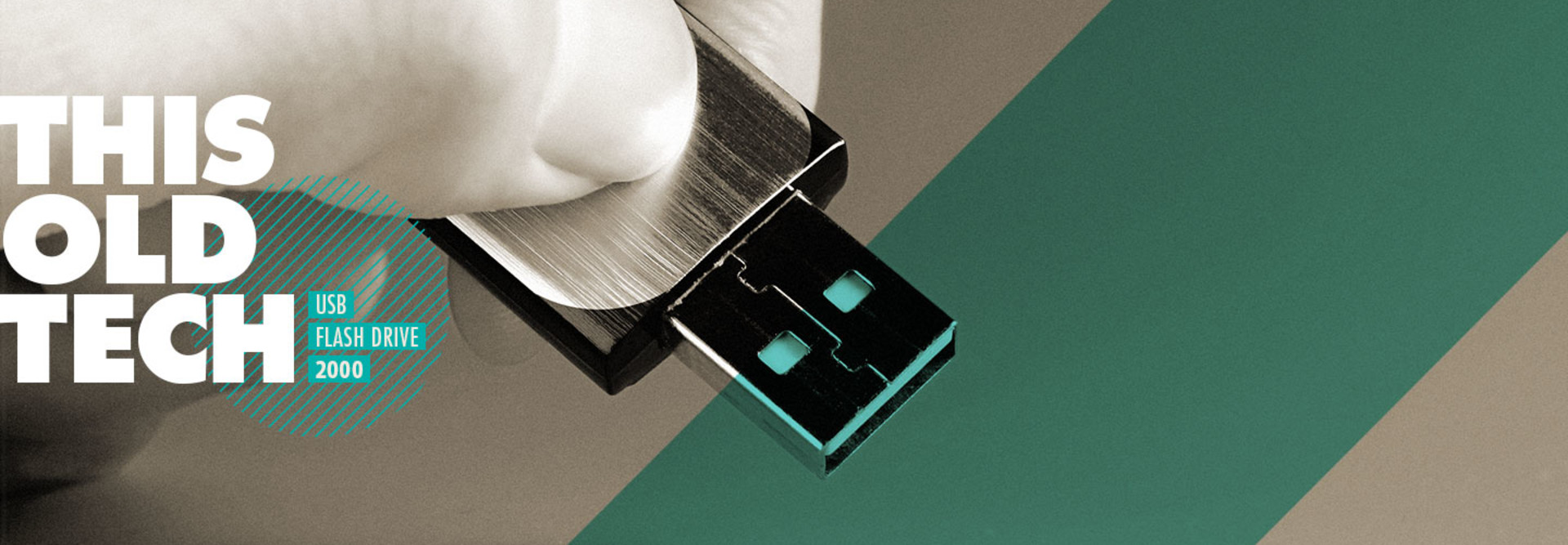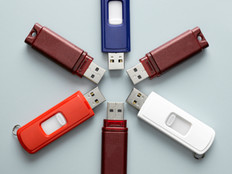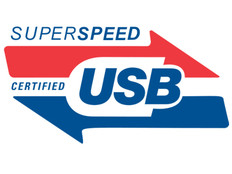What is a USB Flash Drive: Your Answer for Simple File Transferring
Think about your desk in your office — your desktop and drawers are likely littered with USB flash drives. They are given out at conferences and trade shows, and they are now a ubiquitous staple of office life.
It wasn’t always the case. When the first USB flash drives were introduced at the dawn of the new millennium they were a fairly revolutionary way to quickly transfer files among colleagues and across the office.
Since their inception, flash drives have been widely adopted, with hundreds of millions of units sold. One research firm, Global Industry Analysts, predicted in 2015 that the global USB flash drive market would exceed 555 million units by 2020. Yet questions have been repeatedly raised about the security of USB flash drives. Further, the advent of secure cloud storage has reduced the necessity of the thumb drives, though they are still widely used.
WHAT Is a Flash Drive?
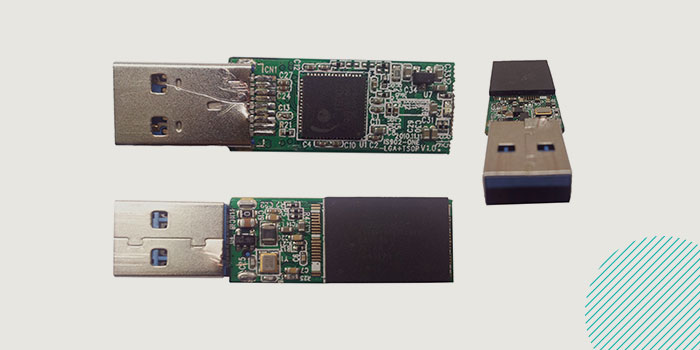
Photo credit: Ravenperch/Wikimedia Commons
Fundamentally, a USB flash drive is a data storage device. It includes flash memory with an integrated universal serial bus interface.
Typically, USB flash drives have five main components. The first is NAND flash memory, which stores data. The second is a USB mass storage controller, which is a tiny microcontroller with a small amount of on-chip ROM and RAM. The drives also use crystal oscillators, which produce their 12MHz clock signal and control data output through a phase-locked loop. USB flash drives use a standard-A USB plug to connect to computers. And typically, such drives also have covers made of metal or plastic to protect the internal electronics and other components.
Over time, the memory storage capacity of USB drives has steadily increased to the point where 1-terabyte drives are now common.
WHEN Was the USB Flash Drive Introduced?
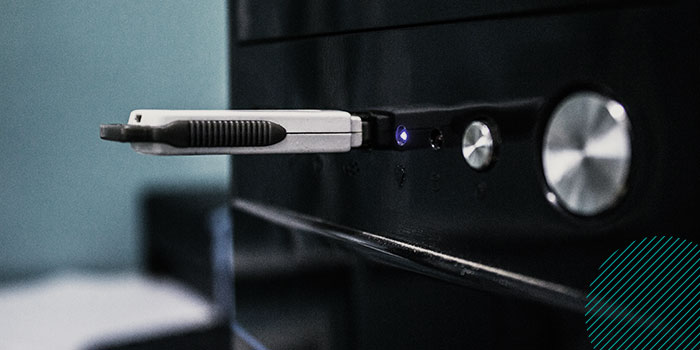
Photo credit: ninode/ThinkStock
In the 1990s, NAND flash memory prices were dropping and USB was becoming a common standard for connecting devices to PCs.
As The New Yorker reports, “the first patent for a ‘USB-based PC flash disk’ was filed in April, 1999, by the Israeli company M-Systems (which no longer exists—it was acquired by SanDisk in 2006)."
Later in 1999, the report adds, IBM filed an “invention disclosure by one of its employees, Shimon Shmueli, who continues to claim that he invented the USB flash drive.”
However, Trek 2000 International, a Singaporean company, became the first company to actually sell a USB flash drive, marketed under the name ThumbDrive, in early 2000. The New Yorker notes that it won the trademark for the term ThumbDrive in 2010.
In late 2000, IBM became the first company to sell USB flash drives in the United States. Its product was produced by M-Systems and was called the DiskOnKey.
While the original memory storage sizes of the first USB flash drives seem miniscule by today’s standards, The New Yorker notes that the timing of the USB flash drive’s introduction “was nonetheless fortuitous: 1.44-megabyte floppy disks had long been unable to cope with expanding file sizes, and even the most popular souped-up replacement, the Zip drive, failed to truly succeed it. Optical media, despite storing large amounts of data, remained relatively inconvenient; recording data was time consuming, re-recording it even more so.”
What did this mean for business users? It made life a lot easier. TIME magazine notes that “transferring files from one computer to another was no longer a chore, and the drives were much easier to use than the 3½-in. diskettes that were still in use at the turn of the century. And you didn’t need special software for them to work.”
By 2004, The New York Times reported on the increasing cultural cachet of USB flash drives and how they were turning into fashion accessories, dangling from keychains, backpacks and even necklaces. That same year, Ars Technica gushed in a roundup of flash drive models that the technology was “pretty darn cool.”
“Just stick it into the USB port on your computer and within a few seconds a new drive appears on your desktop. So simple and so easy,” states the article.
By 2006, more than 80 million USB flash drive units were being sold, PC Magazine reported.
WHY Did the USB Flash Drive Die Off?
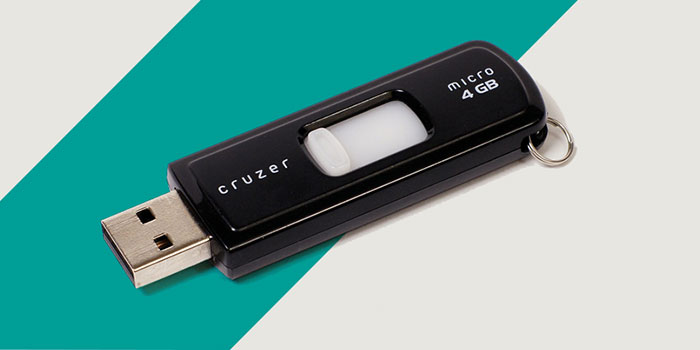
Photo credit: Evan-Amos/Wikimedia Commons
Well, the short answer is that it hasn’t. USB flash drives are still readily sold. However, USB flash drives have faded in importance as other technologies have come to the fore since 2000.
As Ars Technica notes, wireless technologies that let users transfer data — Bluetooth, near-field communications, Wi-Fi Direct, Airdrop, etc. — “are all replacing USB for one-off file transfers.” However, USB connections can still be faster and more reliable than those technologies in many cases.
Security concerns have taken a toll on the reputation of USB flash drives. Although there are plenty of secure and encrypted USB flash drives out there, many flash drives do not have those built-in security protections, and sensitive data on them can be easily accessed if users lose their flash drives or if they are stolen. A life insurance company had to pay the government a $2.2 million fine earlier this year after a USB flash drive with protected health information was stolen.
Additionally, it’s a vehicle that can easily spread viruses. As Wired reports, researchers have shown that malware can be built into the firmware of USB flash drives and used to take over entire computers.
The biggest factor in the eclipse of USB flash drives has been the widespread adoption of cloud technology. Cloud storage enables users to securely store and easily access files from nearly any device. Cloud also offers users virtually unlimited storage, and USB flash drives can easily run out of space with lots of large files.
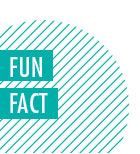
In 2000, as TIME notes, the 8-megabyte model retailed for $50 and the 32MB model cost $100 ($71 and $141, respectively, in today’s dollars).
"This Old Tech" is an ongoing series about technologies of the past that had an impact. Have an idea for a technology we should feature? Please let us know in the comments!



